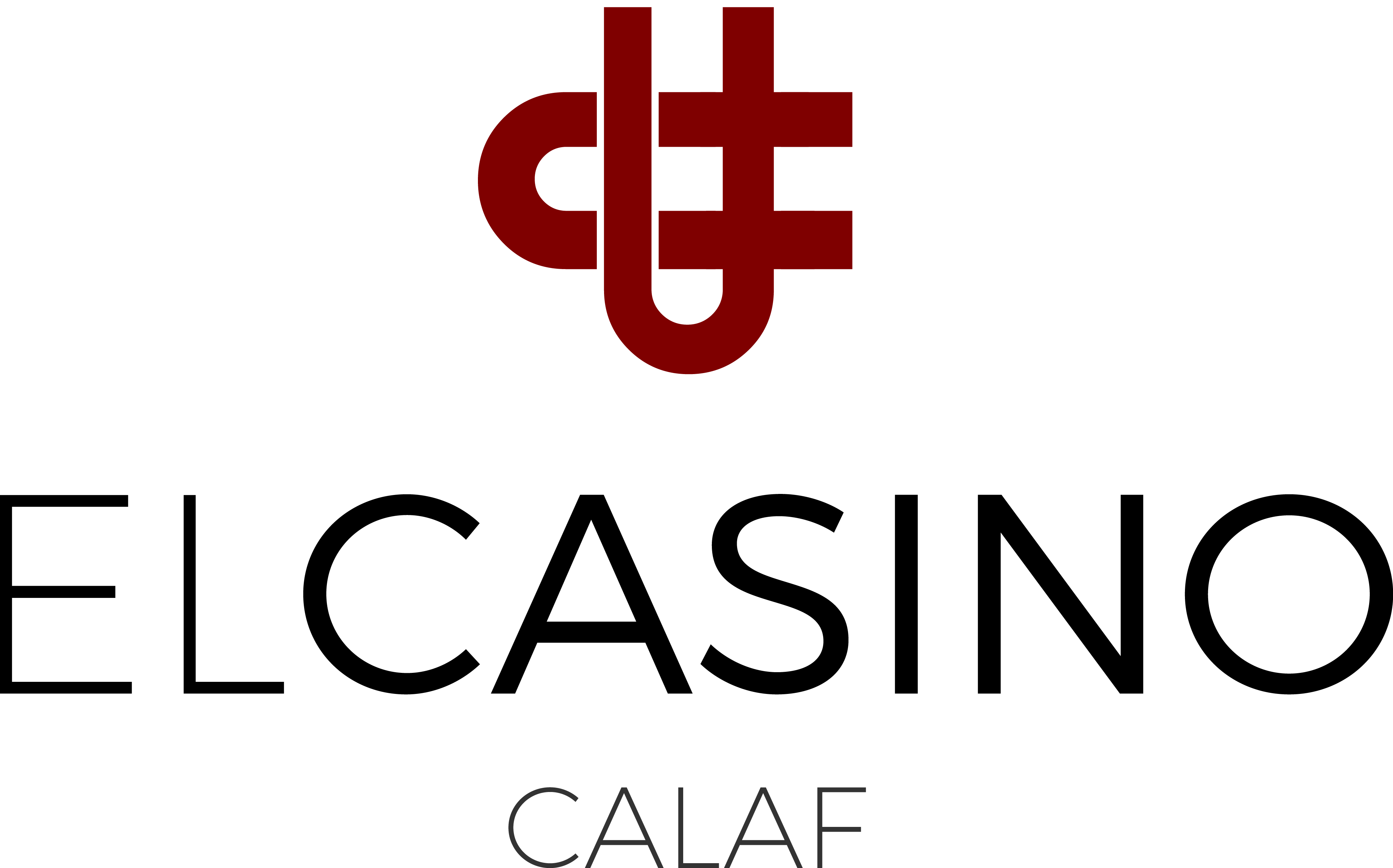- Contacteu amb nosaltres:
- 938 698 377
- casinodecalaf@casinodecalaf.cat
Linked Credit Agreements
Msca Contract
07/05/2022An Agreement of Hire Purchase Includes
17/05/2022Linked Credit Agreements
Linked Credit Agreements: Everything You Need to Know
Linked credit agreements refer to two or more credit facilities that are connected or linked together with the same borrower. This means that the borrower must first obtain one credit facility before they can access the other. This type of credit agreement is becoming increasingly common, and it’s essential to understand its features, benefits, and challenges.
Features of Linked Credit Agreements
There are a few features that define linked credit agreements. First, they involve two or more credit facilities, which are typically provided by the same lender. Second, the borrower must first secure the initial credit facility before accessing the subsequent ones. Third, each credit facility has its own terms and conditions, including interest rates, repayment periods, and collateral requirements.
Benefits of Linked Credit Agreements
Linked credit agreements offer several benefits for both borrowers and lenders. For borrowers, these agreements can provide more significant loan amounts, longer repayment periods, and lower interest rates than individual credit facilities. By linking the facilities, the borrower can also streamline the application process, reducing the time and effort needed to secure credit.
For lenders, linked credit agreements offer the advantage of cross-selling. By providing multiple credit facilities, the lender can build stronger relationships with borrowers and increase the likelihood of repeat business. Additionally, linking credit facilities can help lenders manage risk by securing multiple assets as collateral and reducing the borrower`s overall risk exposure.
Challenges of Linked Credit Agreements
While linked credit agreements offer several benefits, they also present some challenges. For borrowers, these agreements can be more complicated than individual credit facilities, requiring more significant documentation and coordination. Additionally, if the borrower defaults on one credit facility, all linked facilities may be affected, leading to cascading defaults and liquidity issues.
For lenders, linked credit agreements can be riskier than individual credit facilities, as they are exposed to the borrower`s overall credit risk. Additionally, the administrative burden of managing multiple credit facilities can be significant, requiring additional resources and expertise.
Conclusion
Linked credit agreements offer an attractive solution for borrowers seeking significant loan amounts, longer repayment periods, and lower interest rates. These agreements also offer lenders the advantage of cross-selling and risk management. However, they also present some challenges and require careful evaluation to ensure that they meet the needs of both parties.
As a professional, it`s essential to include relevant keywords throughout the article, such as linked credit agreements, credit facilities, borrowers, lenders, and collateral. Additionally, using heading tags and bullet points can help break up the content and make it more accessible for readers. Finally, citing reputable sources and including internal and external links can improve the article`s credibility and SEO.

